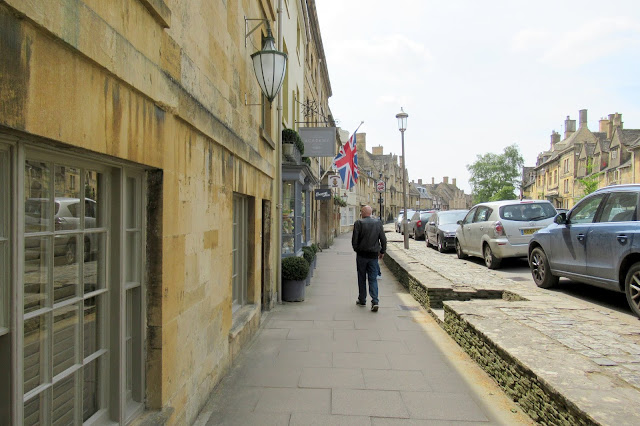Body, Psyche and Taboo,
We saw this exhibition in 2016 when we visited Vienna. The show explores the links between Vienna Actionism (the violent, transgressive movement from 1960s Vienna) and the pioneers of turn-of-the-century Austrian modernism, such as Gustav Klimt, Oskar Kokoschka and Egon Schiele. The show suggested that it is no coincidence that both movements responded to the question of human flesh as a site of suffering or shame in response to their respective political climates: the end of the decadent, complacent Austro-Hungarian empire, and the repressed memory of Nazism in the stagnant conservative culture of post-war Austria.
This post is not an accurate depiction of the exhibition, as I could not relate to the work of the Vienna Actionists and found some of it distasteful. The work of the early 20th century Austrian modernism on the other hand, was delightful, and this is what I have concentrated on in this post.
Egon Schiele, Dead Mother I, 1910
In this painting Schiele shows a child with gesticulating hands in warm and vibrant colours, which contrast with the pallid face of the mother. The child is wrapped in a blackness that can signify both black cloth and a womb. In the context of the high mortality rates of insfants and mothers during and after delivery, the juxtaposition of birth and death was omnipresent at the time.
Schoenberg Family, 1985
Judith as Mrs Schoenberg, 1986
Otto Muehl, Movement, 1962

Egon Schiele, Two Men, 1913
Egon Schiele, Two Female Models, Lying Entangled, 1915
Hermann Nitsch, Altar, 1983
Egon Schiele, Poster for the Exhibition at the Galerie Anot, 1915
Guenter Brus, Sheer Madness - For Aachen: The Architecture of Sheer Madness, 1968
Robert Kushner, Rivals, 1978
Bela Kadar, Village Departure, 1925
Francis Picabia, Ganga, 1953
Hugo Scheiber, Geometric Figure, 1929
Rudolf Belling, Female Head, 1925
Christina Ramberg, Ticklish Construction, 1974
Maria Lassnig, Caryatid, 1974
Oskar Schlemmer, Group of Three with One Nude Seen from the Back, 1929

















































































